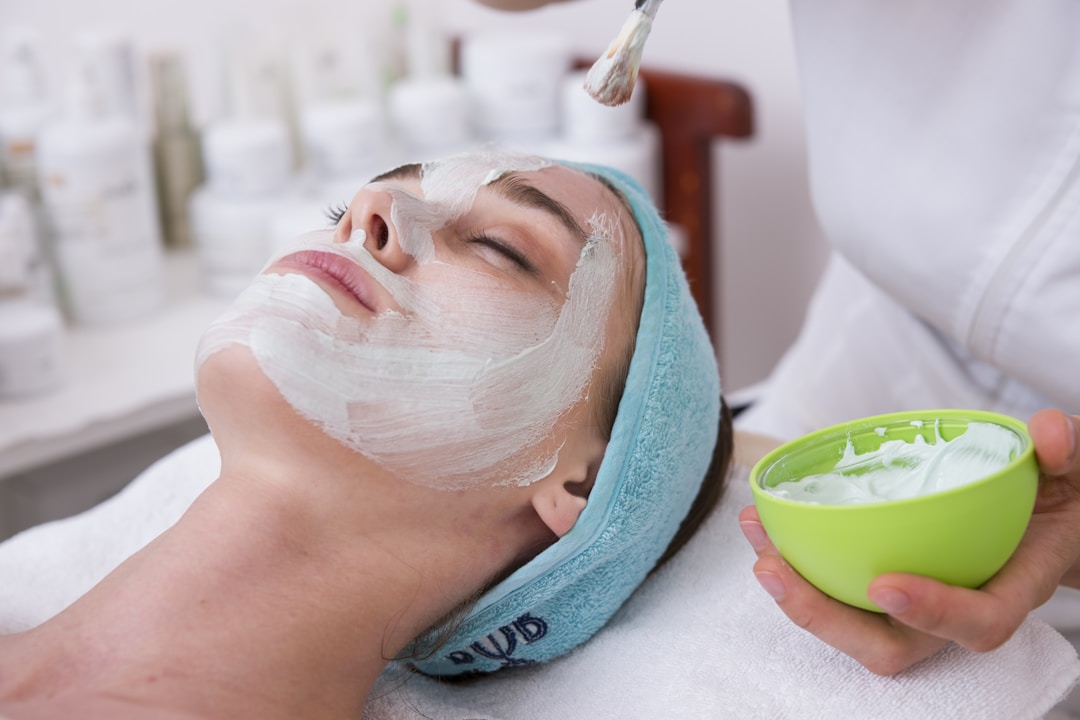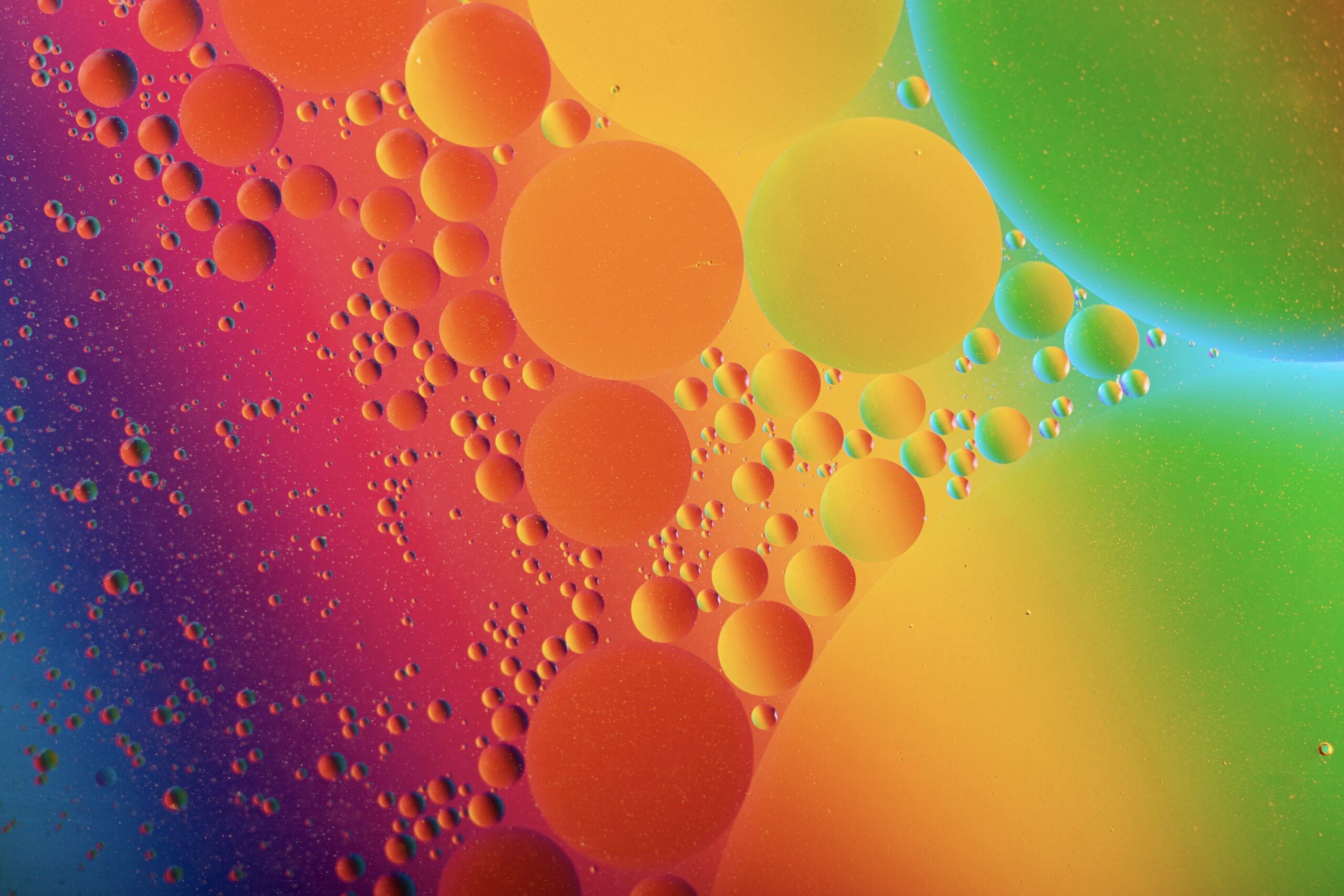Nicotinamide Adenine Dinucleotide and Skin Health: Implications for Dermatological Conditions
The massive strides in dermatological research have led to the discovery of the significant role of certain coenzymes in skin health. Key among these coenzymes is nicotinamide adenine dinucleotide (NAD), garnering attention from dermatologists for its potential in treating a range of skin conditions and improving overall skin health. This indispensable molecule plays a pivotal role in various biological processes, including cellular metabolism, aging, and defense against oxidative stress, elements that are essential to maintain healthy skin. In this article, we delve deep into the implications of this coenzyme for various dermatological conditions. Keep reading to learn more.
An Overview of Nicotinamide Adenine Dinucleotide (NAD)
Considered a vital coenzyme ubiquitous in all living cells, NAD is pivotal for energy generation and cellular functioning. NAD plays a crucial role in cellular metabolism through its participation in redox reactions, acting as an electron carrier. These reactions are fundamental for the production of ATP, the main energy currency within cells. The availability of NAD levels directly influences the energy status and overall functioning of cells, including skin cells.
The molecular structure of NAD, comprised of two nucleotides, nicotinamide, and adenine, joined through phosphate groups, is key to its functionality. The electron-accepting ability of NAD allows it to facilitate the oxidation of glucose and fatty acids for energy production. Importantly, research indicates that NAD levels are known to decrease with age, chronic illnesses, and metabolic abnormalities, potentially contributing to related skin conditions.
Moreover, NAD, specifically its variant NAD+, has shown promise as a potent modulator of aging-related processes, including those impacting skin health. NAD+ is the oxidized form of NAD, meaning it has accepted electrons and is ready to donate them to other molecules in the process of energy production. It acts as a crucial coenzyme in cellular respiration, assisting in the breakdown of nutrients such as glucose and fatty acids to generate energy. In addition to its role in energy metabolism, NAD+ also plays a vital role in DNA repair, gene expression, and maintaining the health and function of mitochondria.
The key difference between NAD and NAD+ is their redox state. NAD is the reduced form of the molecule that has gained electrons, while NAD+ is the oxidized form that carries electrons. The interconversion between NAD and NAD+ is essential for the cell’s energy production and maintenance of cellular functions. NAD+ is continuously used and regenerated in various metabolic reactions, ensuring the cell’s constant supply of energy.
Experiments pertaining to NAD+ supplementation suggest its potential to delay aging effects and enhance cellular regeneration. Consequently, maintaining optimal NAD levels forms an integral part of a strategy aimed at promoting overall skin health.
The Role of NAD in Skin Health
Nicotinamide adenine dinucleotide plays an instrumental role in maintaining skin health. This role is hinged on the involvement of NAD in vital complex biochemical processes. Particularly, it aids in DNA repair, immune response modulation, and protection against oxidative stress. All these processes are essential for maintaining the structural integrity and function of the skin.
It’s well established that DNA damage can result in skin cancer and premature aging—two of today’s most prevalent dermatological concerns. NAD+, in pairing with other proteins, facilitates the detection and repair of DNA damage. Research indicates that increasing NAD+ levels can enhance the body’s ability to repair damaged DNA, potentially lowering the risk of skin cancer and slowing down skin aging.
The modulation of immune responses by NAD is also critical for skin health. Abnormal immune responses can trigger inflammation, leading to various skin disorders, including psoriasis and eczema. NAD’s role in maintaining the balance of the immune system aids in preventing such disorders. Moreover, by reducing oxidative stress, NAD alleviates the damage caused by free radicals. These are detrimental to skin health and are a prominent cause of premature aging and various skin disorders.
Potential Use of NAD in Dermatology

NAD’s versatility and multifaceted efficacy in maintaining cellular health make it an attractive candidate for various dermatological applications. Supplementation with NAD, particularly NAD+, could be instrumental in combating age-related skin degradation, promoting optimal skin health, and protecting against a broad spectrum of skin diseases.
Research suggests that topical application of NAD+ or oral supplements to boost its levels may prove beneficial for skin health. They can promote skin rejuvenation and slow down the processes contributing to skin aging. This strategy is starting to gain traction as a potent tool to augment the effects of regular skincare routines and reduce reliance on invasive procedures.
NAD+ also presents itself as a therapeutic agent for various skin disorders. Known for its anti-inflammatory properties, improvements in skin inflammation, especially in cases of acne, psoriasis, and eczema, can be expected. More extensive research is required to fully understand NAD’s therapeutic applications in dermatology, but the preliminary findings are promising.
Understanding the Limitations and Future Prospects
Despite the considerable potential of NAD in skin health, there are some limitations to consider. The primary concern lies in effectively delivering NAD or NAD+ into the skin. While oral supplements and topical applications have shown promise, developments in delivery mechanisms are crucial for maximizing the benefits of NAD for skin health.
Research is still ongoing, and while the preliminary findings reinforce the potential of NAD in dermatology, a thorough understanding of its application and effects is required. This includes determining the optimal dosage, understanding potential side effects, establishing how it interacts with other compounds used in dermatology, and determining whether long-term use has any detrimental effects.
Despite the limitations, the future of NAD in dermatology appears promising. The ongoing research efforts aim to develop strategies to utilize NAD and NAD+ for skin health effectively. Coupled with the innovations in targeted delivery mechanisms, the coming years may well see the widespread integration of NAD into skincare routines and dermatological treatments.
Adopting NAD+ Therapy for Improved Skin Health
NAD+ therapy, whether oral or topical, holds immense potential to support and boost skin health. Considering its role in vital biological processes, adopting a supplementary routine that boosts NAD+ levels could be a potent strategy to maintain youthful skin and combat diverse skin problems.
Inevitably, individual needs might largely dictate the preferred method of NAD+ therapy—some may benefit more from topical applications, while others may prefer oral supplements. It’s necessary to understand individual skin health status before implementing NAD+ therapy. Speak with your healthcare provider before starting any supplements or therapies.
Combined with appropriate skincare routines and lifestyle habits, NAD+ therapy can revolutionize traditional skincare approaches, aiding in maintaining and enhancing skin health.
The Final Word on NAD and Skin Health

Embracing the role of coenzymes like NAD in skin health promises a progressive shift towards more effective, comprehensive, and scientifically-backed skincare solutions. The potential benefits of NAD and NAD+ for skin health range from combating aging signs to managing dermal disorders, offering the prospects of enhanced skin well-being and aesthetics.
However, despite its potential, it’s imperative to understand that NAD+ therapy does not replace traditional dermatological care. It should be viewed as a supplementary strategy aimed at optimizing skin health.
Ultimately, transitioning towards such an advanced skincare approach warrants the guidance of professionals to navigate its integration effectively. They can provide personalized advice, taking into account individual skin health status and needs, fortifying the journey towards improved skin health.
Understanding and embracing revolutionary scientific concepts in skincare, such as NAD+ therapy, can pave the way toward healthier and younger-looking skin. It’s worth keeping an eye on the developments in this area in the coming years.

